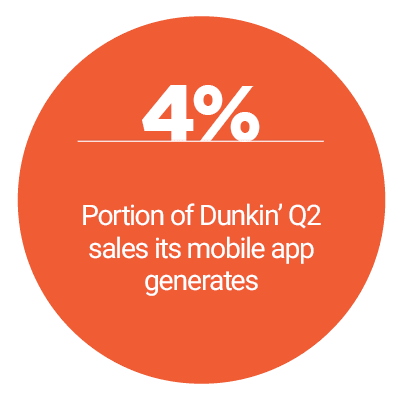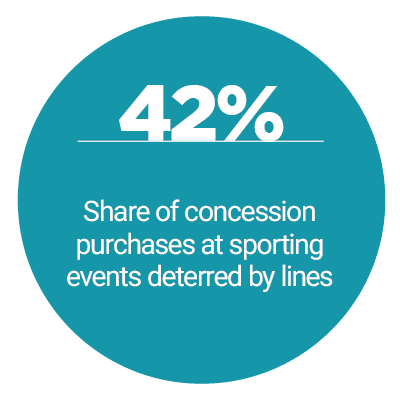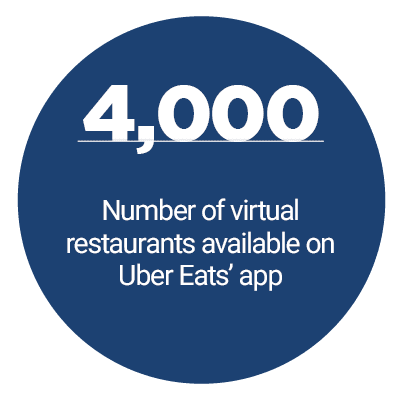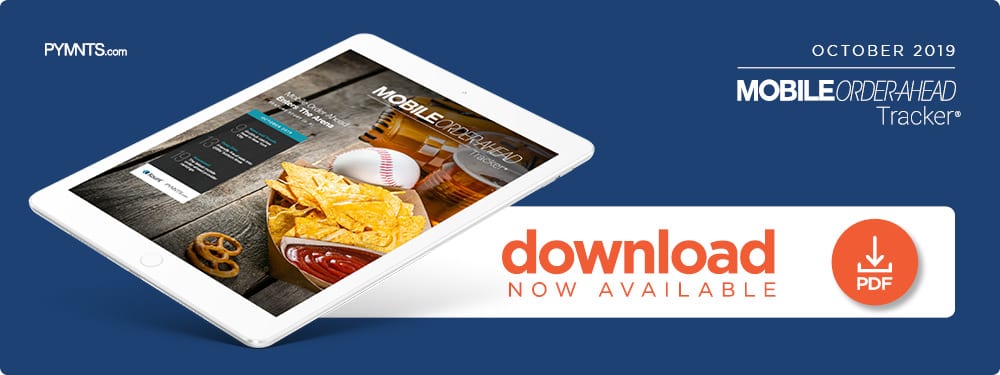Trending: Mobile Order-Ahead Takes The Field

New complexities and frictions are emerging every day as the mobile order-ahead industry continues to grow.
One of the hotter flashpoints of the scene pits in-house ordering apps up against third-party ordering platforms. Which side QSRs pick in this battle typically comes down to size. Many large chains that can hold their own have sworn off third-party ordering entirely, while smaller chains tend to embrace as many third-party apps as they can for greater exposure.
These debates are nothing compared to the looming specter of fraud, however. Fraudulent chargebacks from customers are a particularly nefarious threat, eating untold sums of restaurant profits before they are noticed and countered.
In the October Mobile Order-Ahead Tracker, PYMNTS explores the latest developments in the world of digital ordering, including the growing popularity of virtual restaurants and how QSRs are protecting themselves against friendly fraud.
 Developments From Around The Mobile Order-Ahead World
Developments From Around The Mobile Order-Ahead World
One of the latest trends is the virtual restaurant, which has no physical storefront and instead exists only through third-party delivery apps.
The newest player in that space is food magazine and media company Bon Appétit, which opened an online eatery with Grubhub. The Chicago-based virtual restaurant offers lunch and dinner via menus developed by Bon Appétit’s Test Kitchen editors and the restaurant group Lettuce Entertain You Enterprises.
Established players in other industries are striding into the mobile order-ahead space as well. Google is partnering with digital ordering platform Olo to bring delivery capabilities to Google Maps and Google Assistant. Orders are transferred directly to restaurants’ point-of-sale (POS) systems, integrating seamlessly into ordering streams. Checkers & Rally’s and Portillo’s Hot Dogs were the first chains affected by the collaboration.
Mobile order-ahead is meeting its share of speed bumps, however. DoorDash recently confirmed that a March data breach compromised 4.9 million accounts, including those belonging to customers, delivery workers and merchants. DoorDash blamed the breach on an unnamed third-party service provider and pledged to investigate with outside security experts.
For more on these and other mobile order-ahead news items, download this month’s Tracker.
How FanFood Meets The Challenges Of Mobile Ordering At Sports Venues
Mobile order-ahead is in use at sporting and concert venues, where attendees don’t have to wait in long concession lines anymore for their nachos or hot dogs. However, mobile concessions ordering apps like FanFood still encounter their fair share of security and logistical challenges.
For this month’s Feature Story, PYMNTS spoke with Dustin Hemesath, FanFood’s co-founder and national sales manager, about the app’s role in the space and the operating challenges it faces as it has grown.
 Deep Dive: QSRs Work To Curb Friendly Fraud Through Authentication Tools, Engagement
Deep Dive: QSRs Work To Curb Friendly Fraud Through Authentication Tools, Engagement
QSRs and app developers justifiably invest millions of dollars into protecting their mobile order-ahead solutions against bad actors.
Another form of fraud comes not from outside cybercriminals — but from QSRs’ own legitimate customers. “Friendly fraud” may not be as headline-grabbing as data breaches, but it can carve vast sums out of QSRs’ bottom lines if left unchecked.
This month’s Deep Dive explores the various forms of the scheme and how companies are working to counter each.
About the Tracker
The Mobile Order-Ahead Tracker™, done in collaboration with Kount, serves as a monthly framework for the space, providing coverage of the most recent news and trends, along with a provider directory highlighting the key players across the segments that comprise the mobile order-ahead ecosystem.

